…for Camping and Wilderness Survival
Over 2,000 people get lost in the wilderness every year in the United States. In the UK, the Scottish Mountain Service has about 870 callouts a year for people lost or injured while out in the hills. Yikes!
That’s why I’m so passionate about sharing my navigation skills with fellow outdoor enthusiasts. Trust me, I’ve been there – lost, confused, and wishing I’d paid more attention during that orienteering workshop.
But fear not, my friends! I’m here to guide you through the essential navigation techniques that’ll keep you on track during your camping and wilderness adventures.
Now, I know what you’re thinking – “But I’ve got my trusty smartphone with GPS!”
Sure, technology is great, but let me tell you, there’s nothing quite like the reliability of good old map and compass navigation.
I’ve had my fair share of dead batteries and lost signals in the middle of nowhere, and let me tell you, it’s not fun!
So, grab your hiking boots and let’s dive into the world of wilderness orientation. By the end of this post, you’ll be ready to navigate through forests, deserts, and mountains like a pro – even in poor visibility!
Table of Contents
Understanding Topographic Maps: Your Window to the Wilderness
Choosing the Right Compass: Your Trusty Navigation Sidekick
Basic Map and Compass Skills: Your Navigation Foundation
Common Navigation Mistakes: Learn from My Blunders!
Practice Makes Perfect: Honing Your Navigation Skills
Wrapping It Up: Your Journey to Navigation Mastery
Navigating the FAQs: Your Compass to Navigation Knowledge
What are navigation techniques?
What are the four methods of navigation?
What are the three 3 main types of navigation?
What is the most common navigation technique?
What are the 4 steps of navigation?
What are the strategies for navigation?
What is the technique of GPS navigation?
What is the most basic form of navigation?
What are the two types of navigation tools?
What are the 3 methods of navigation and pilotage?
What are examples of navigation?
What are the methods of navigation system?
Understanding Topographic Maps: Your Window to the Wilderness
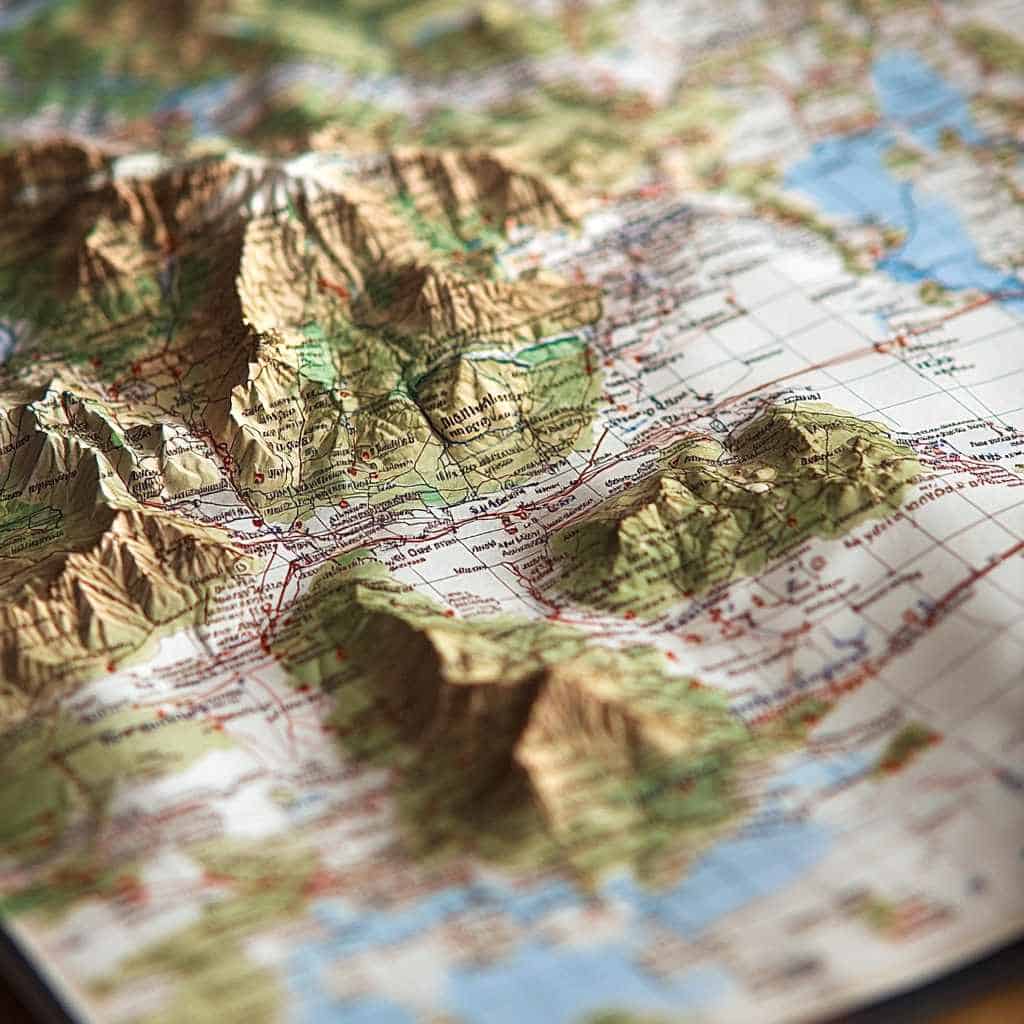
Alright, let’s start with the basics – topographic maps. These aren’t your average road maps, folks! They’re like a 3D representation of the landscape on a flat piece of paper. I love maps!
When I first started learning navigation, I remember staring at a topo map, thinking, “What in the world are all these squiggly lines?” Well, those squiggly lines are contour lines, and they’re your best friends when it comes to understanding elevation, or your height above sea level.
Here’s a quick rundown of what you need to know about topo maps:
- Contour lines: These show you the shape of the land. When they’re close together, it means the terrain is steep. Spread out? You’re looking at flatter ground.
- Symbols: Little blue squiggles for streams. Green patches for forests – each symbol represents a feature on the land. There’s usually a legend that’ll help you decipher everything.
- Scale: This tells you how the map’s distance relates to real-world distance. Super important for measuring distance and route planning!
Pro tip: Practice reading contour lines by looking at a map of a place you know well. It’ll help you visualise how the 2D map relates to the 3D world!
Choosing the Right Compass: Your Trusty Navigation Sidekick
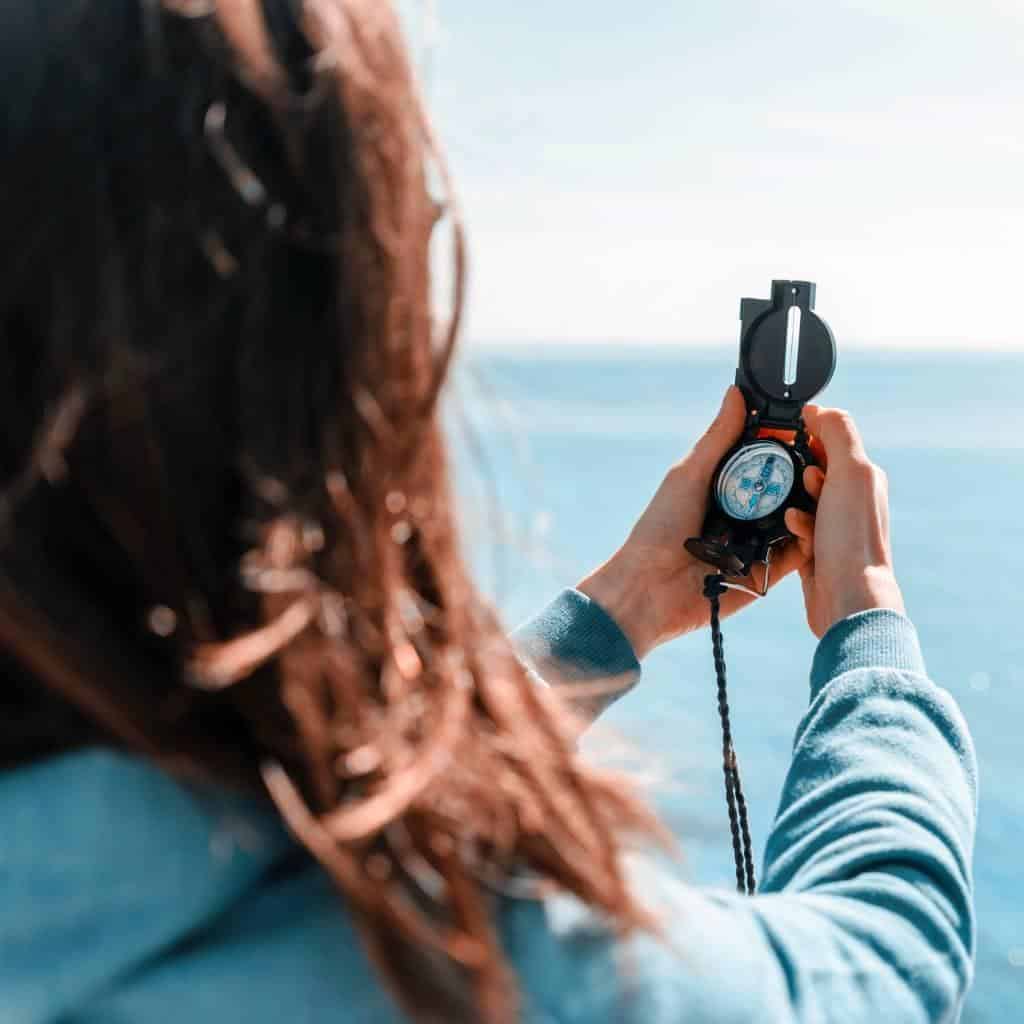
Now, onto compasses. Choosing the right compass is like picking the perfect hiking buddy – you want one that’s reliable and easy to get along with!
There are three main types of compasses:
- Baseplate Compass: This is your all-rounder. Great for beginners and experienced outdoorsmen alike. It’s what I use most of the time.
- Lensatic compass: A bit more complex, but super accurate. Military folks love these.
- Digital compass: High-tech option, but remember – batteries die!
When I was starting out, I went for a simple baseplate compass. It’s got everything you need for basic navigation techniques without overwhelming you with features.
Plus, it’s easy to use alongside your map for taking bearings and plotting courses.
Basic Map and Compass Skills: Your Navigation Foundation
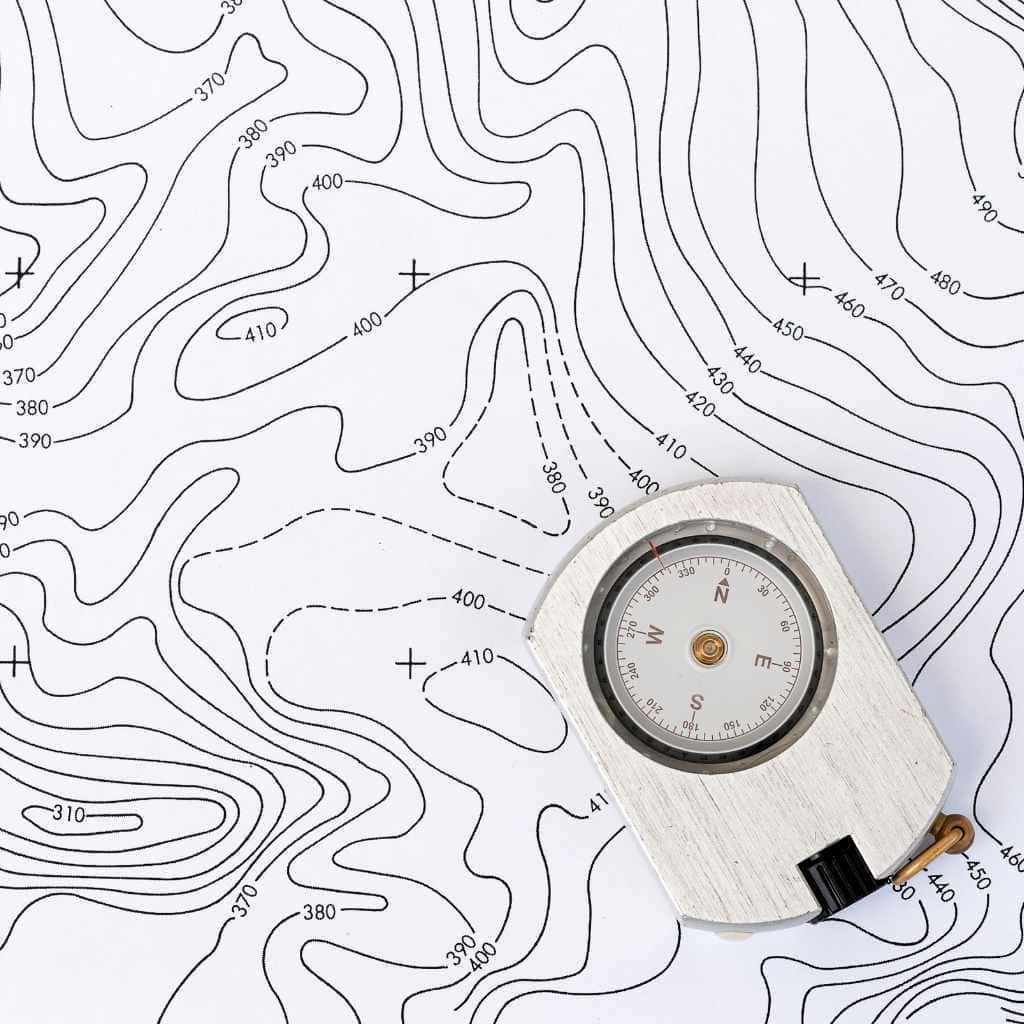
Alright, here’s where the rubber meets the road – or should I say, where the boot meets the trail? These basic skills are the foundation of all your future wilderness navigation adventures:
- Orienting your map: First things first – you have to know which way is up! Use your compass to align your map with the real world. Trust me, it makes a world of difference.
- Understanding declination: Magnetic north and true north aren’t the same thing! This threw me for a loop when I first started. Make sure you account for declination to avoid veering off course.
- Taking a bearing: This is how you figure out the direction from one point to another. Super useful for route planning!
- Following a compass bearing: Once you’ve got your bearing, you can use it to walk in a straight line towards your destination. Even when you can’t see it!
- Triangulation: This technique helps you pinpoint your location using landmarks. It’s like being a wilderness detective!
I remember the first time I used triangulation to find my way – I felt like a super navigator. Practice these skills in a familiar area before you need them in the backcountry.
Advanced Navigation Techniques: Levelling Up Your Skills
Once you’ve got the basics down, it’s time to level up! These advanced techniques will help you navigate like a pro:
- Terrain association: This is the art of matching what you see around you to what’s on your map. It’s like putting together a real-world puzzle!
- Night navigation: Navigating in the dark is a whole different ball game. I’ve had some, uh, interesting experiences trying to find my way by starlight.
- Natural signs: The sun, stars, and even vegetation can help you find your way. It’s like the wilderness is giving you secret navigation hints!
- Aiming off: This technique involves intentionally aiming to one side of your target. Sounds counterintuitive, but trust me, it works!
Remember, these advanced skills take practice. Don’t expect to master them overnight!
Common Navigation Mistakes: Learn from My Blunders!
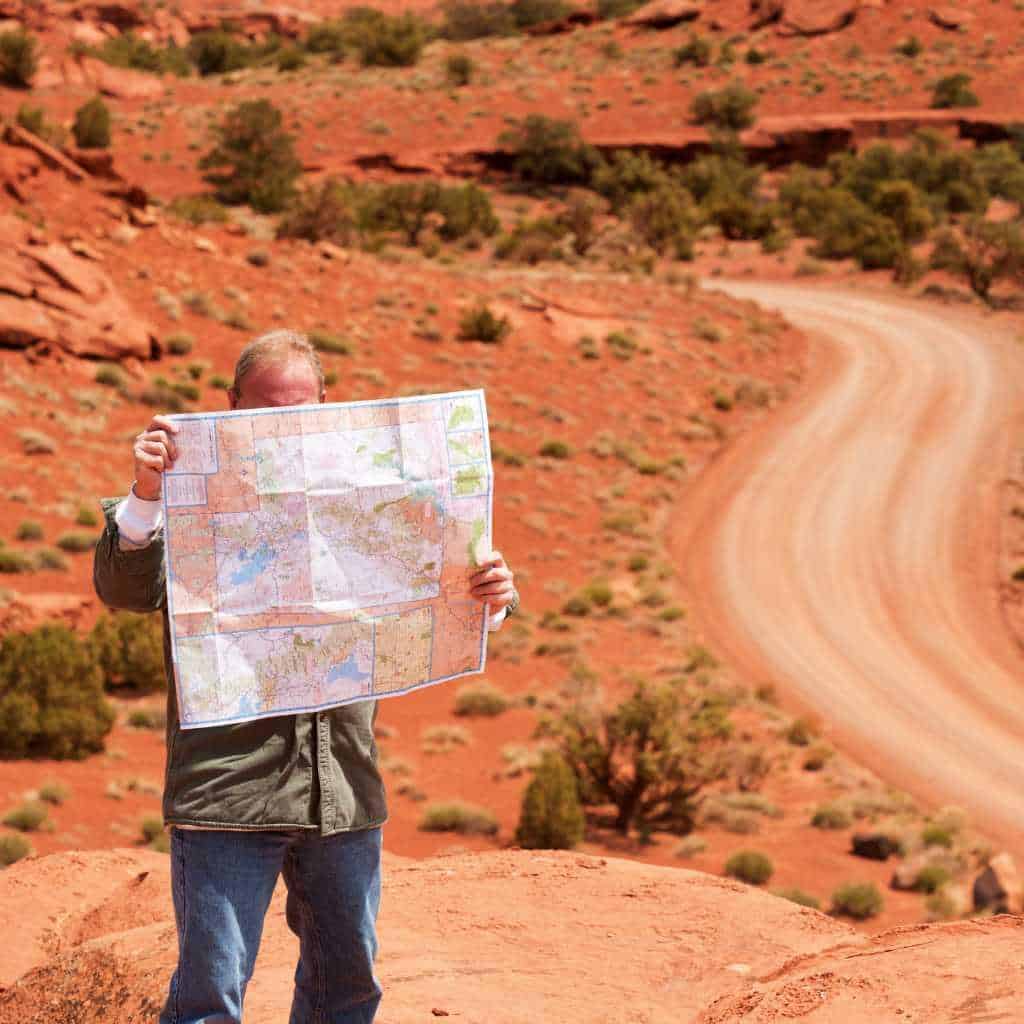
Look, we all make mistakes. I’ve certainly made my fair share when it comes to navigation! Here are some common blunders to avoid:
- Relying too much on technology: I once followed my GPS straight into a swamp. Not my finest moment.
- Forgetting about declination: A small error in declination can lead you way off course over long distances.
- Not staying oriented: It’s easy to get turned around. Check your position regularly!
- Panicking: Easier said than done, but keeping a cool head is crucial when you’re lost.
- Overconfidence: The wilderness has a way of humbling you. Always respect the terrain and your own limitations.
Practice Makes Perfect: Honing Your Navigation Skills
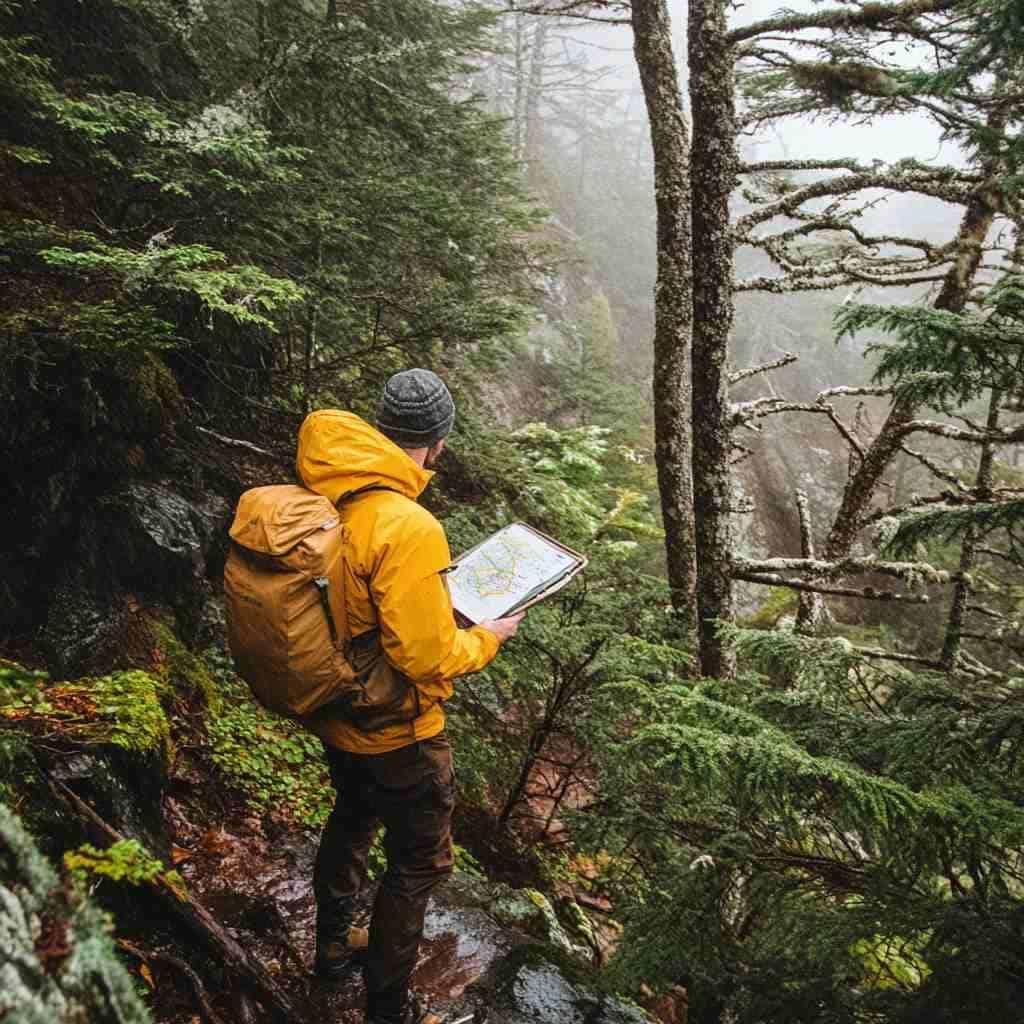
Like any skill, navigation gets better with practice. Here are some fun ways to improve:
- Set up a local orienteering course: Great for practicing with kids, too!
- Try online map-reading quizzes: There are tons of free resources out there.
- Join a local orienteering club: Nothing beats hands-on experience with experts.
- Take a wilderness navigation course: I did this, and it was a game-changer for my outdoor adventures.
- Practice, practice, practice: Use your skills on every hike, even if you’re on a well-marked trail.
Wrapping It Up: Your Journey to Navigation Mastery
Whew! We’ve covered a lot of ground, haven’t we? From understanding topographic maps to advanced navigation techniques, you’re now well on your way to becoming a wilderness navigation guru.
Remember, mastering these skills takes time and practice. Don’t get discouraged if you make mistakes – we all do! The important thing is to keep learning and building your confidence.
Always prioritise safety when you’re out in the wilderness. Let someone know where you’re going, carry emergency supplies, and don’t hesitate to turn back if conditions get dicey.
So, what are you waiting for? Grab your map and compass, and start exploring! And hey, I’d love to hear about your navigation adventures. Have any funny stories about getting lost? Or maybe a pro tip to share? Drop it in the comments below!
Happy hiking, and may your compass always point you in the right direction!
Navigating the FAQs: Your Compass to Navigation Knowledge
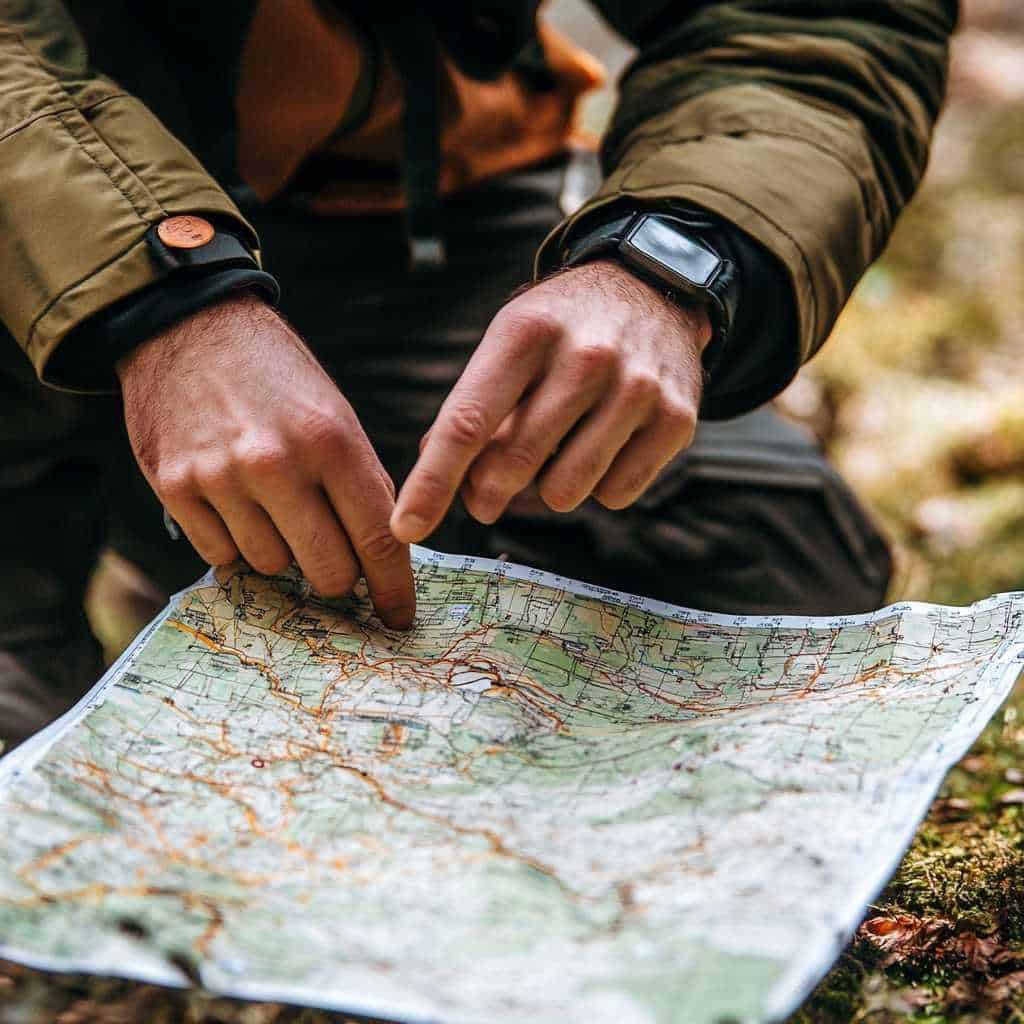
Alright, fellow adventurers! Let’s tackle some of the most burning questions about navigation techniques. Buckle up, because we’re about to embark on a journey through the world of wayfinding!
What are navigation techniques?
Navigation techniques are like the secret sauce to not getting lost! They’re the methods we use to figure out where we are, where we’re going, and how to get there. From reading maps to using the stars, these techniques are our toolbox for exploring the great outdoors without ending up in Timbuktu!
What are the four methods of navigation?
Oh boy, I remember learning these like it was yesterday! The four main methods are:
- Pilotage (using landmarks)
- Dead reckoning (estimating position based on speed and direction)
- Celestial navigation (using the stars)
- Electronic navigation (GPS and other fancy gadgets)
Each has its time and place, and I’ve used all of them at some point on my adventures!
What are the three 3 main types of navigation?
When it comes to the main types, we’re looking at:
- Terrestrial navigation (on land)
- Marine navigation (on water)
- Aeronautical navigation (in the air)
I’m mostly a terrestrial navigator myself, but I’ve got mad respect for those sea captains and pilots!
What is the most common navigation technique?
Pilotage takes the cake here. It’s all about using landmarks to figure out where you are. I mean, who hasn’t said “Turn left at the big oak tree” at some point, right? It’s intuitive, reliable, and doesn’t need batteries!
What are the 4 steps of navigation?
The four steps of navigation are like a mantra for outdoor enthusiasts:
- Determine your position
- Plan your route
- Stay on course
- Check your progress
I repeat these to myself every time I set out on a new adventure. It’s saved my bacon more times than I can count!
What are the strategies for navigation?
Navigation strategies are like different flavours of ice cream – there’s one for every situation! Some key ones include:
- Following a bearing
- Aiming off
- Handrailing (following a linear feature)
- Attack points (using a prominent feature near your destination)
Mix and match these strategies, and you’ll be navigating like a pro in no time!
What is the technique of GPS navigation?
GPS navigation is like having a mini-satellite navigator in your pocket! It uses signals from satellites to pinpoint your location. While it’s super convenient, remember – technology can fail. That’s why I always carry a map and compass as a backup!
What is the most basic form of navigation?
The most basic form? That has to be visual navigation – using what you can see around you to figure out where you are. It’s as old as humanity itself! I still use it all the time, even with all the fancy gadgets available today.
What are the two types of navigation tools?
When it comes to navigation tools, we’ve got two main categories:
- Traditional tools (maps, compasses, sextants)
- Electronic tools (GPS devices, smartphones)
I’m a big fan of knowing how to use both. It’s like having a Swiss Army knife of navigation options!
What are the 3 methods of navigation and pilotage?
The three methods of navigation and pilotage are like the three musketeers of wayfinding:
- Dead reckoning
- Celestial navigation
- Electronic navigation
Pilotage is like their trusty sidekick, always there to lend a hand!
What are examples of navigation?
Examples of navigation are all around us! From using a map to find a campsite, to following trail blazes on a hike, to using GPS to drive to a new city. Heck, even deciding which aisle to go down in the supermarket is a form of navigation!
What are the methods of navigation system?
Navigation systems come in all shapes and sizes, but they generally fall into these categories:
- Satellite navigation (like GPS)
- Inertial navigation (using motion sensors)
- Radio navigation (using radio signals)
- Celestial navigation (using celestial bodies)
Each has its strengths and weaknesses. I like learning a little bit about everything. You never know when it might come in handy!
And there you have it! A whirlwind tour through the FAQs of navigation techniques. Remember, the best navigator is an informed navigator, so keep learning, keep practicing, and most importantly, keep exploring!

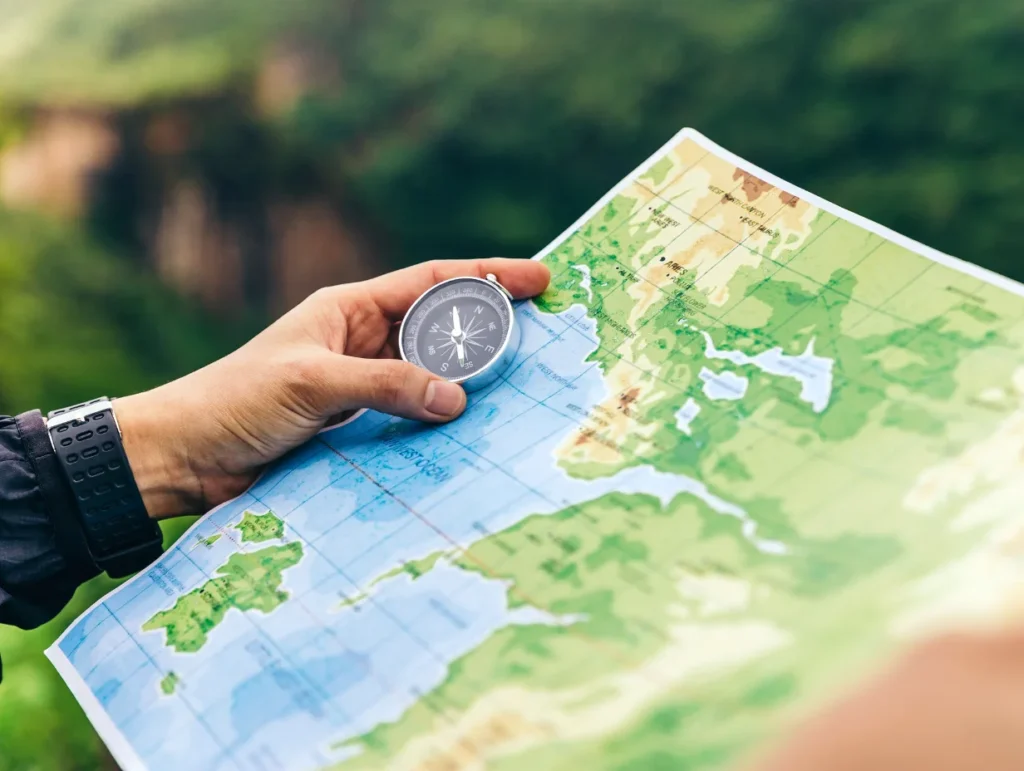
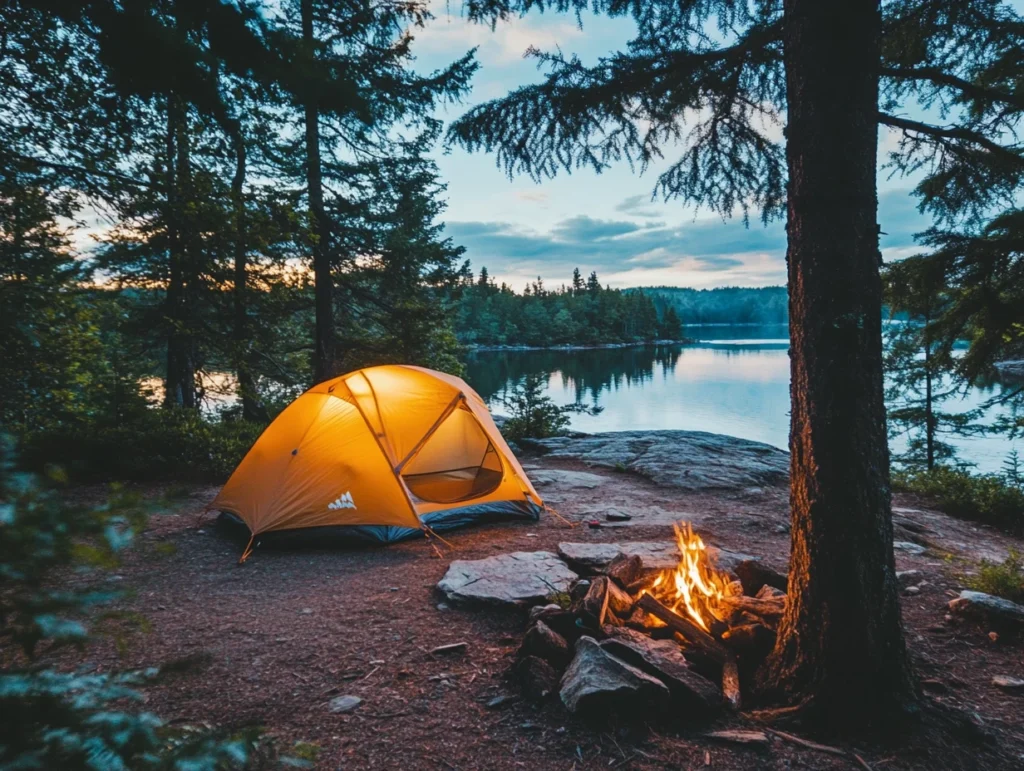
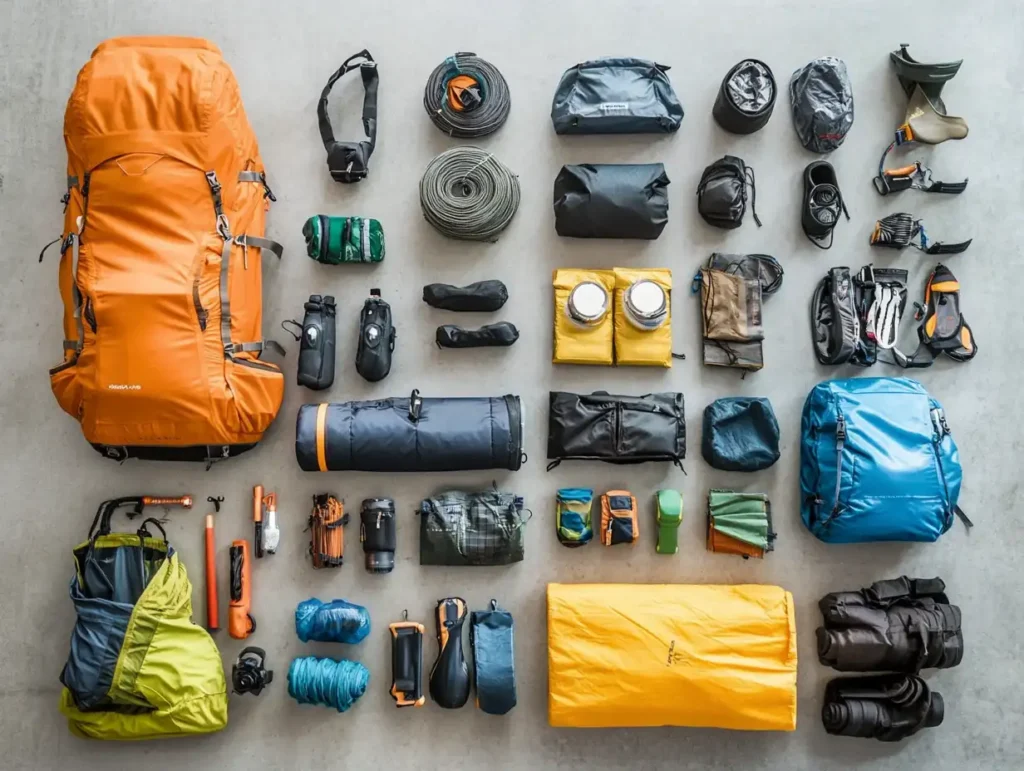
Pingback: Essential Camping First Aid: Be Prepared | WBHawkins
Pingback: Essential Camping Knots Guide: Mastering the Art | WBH